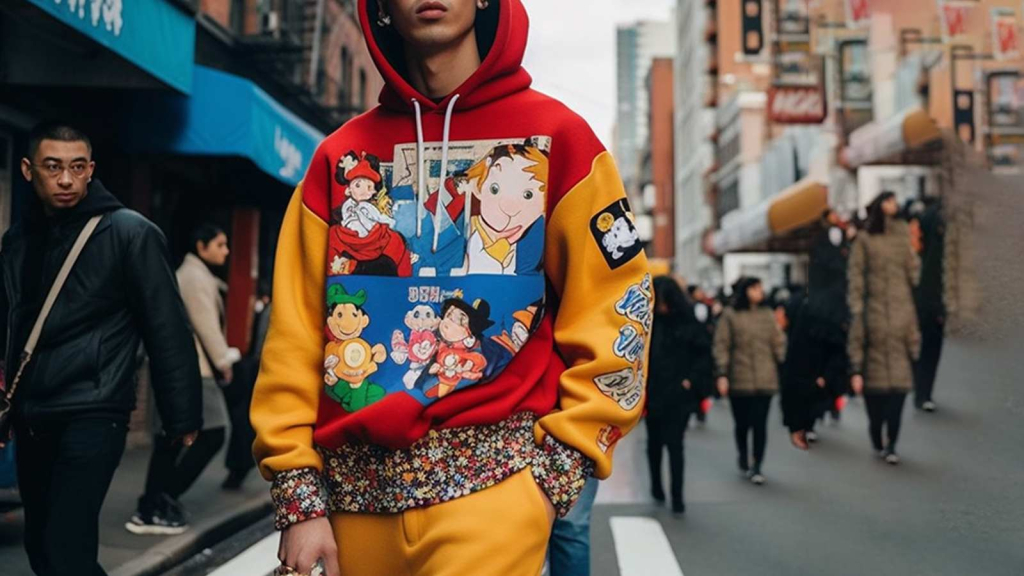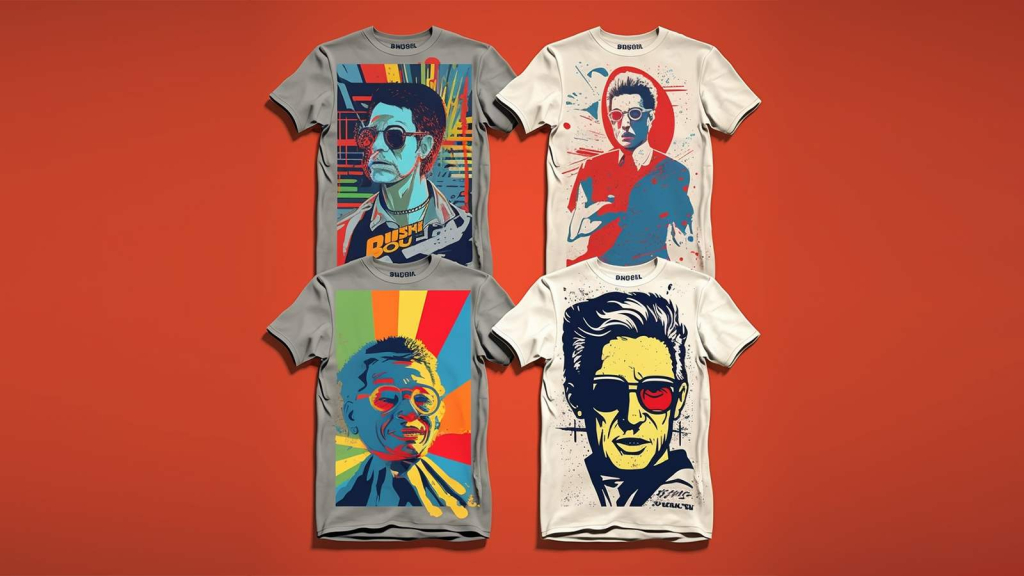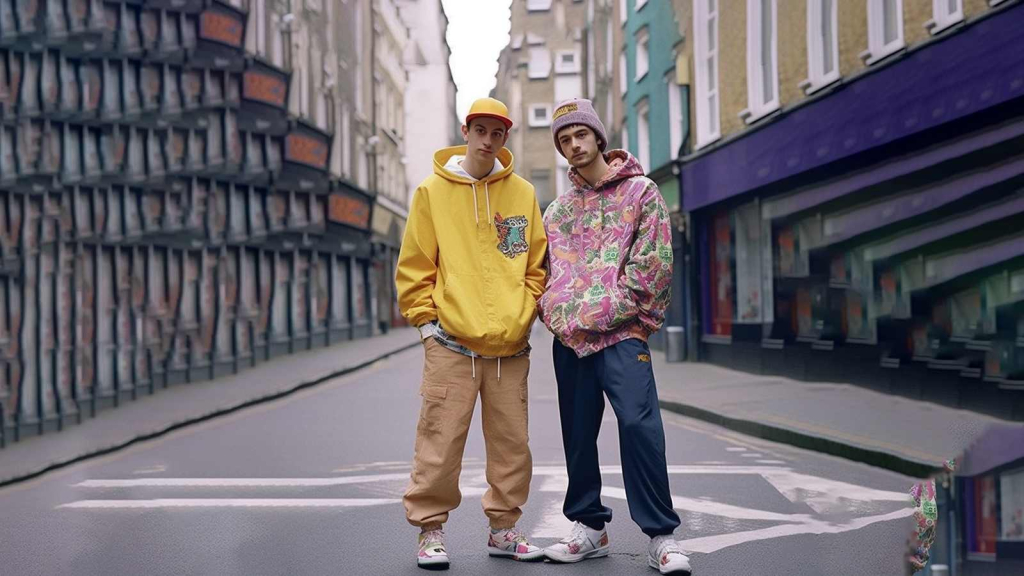Share This Article
Streetwear has evolved from a subculture fashion movement to a dominant force in the world of style. What was once associated with underground music scenes and skateboarding has now become a mainstream phenomenon, influencing the way people dress around the globe. The appeal of streetwear lies in its unique blend of comfort, self-expression, and a nod to urban culture. In this post, we’ll dive into the rise of streetwear, its key elements, and explore some of the influential brands that have shaped the urban fashion landscape.
1. The Origins of Streetwear:
Streetwear emerged in the 1980s and 1990s as a rebellious response to mainstream fashion. It drew inspiration from diverse urban cultures such as skateboarding, hip-hop, graffiti art, and sports. The early pioneers of streetwear, like Shawn Stussy with his eponymous brand Stussy, infused their designs with bold graphics, vibrant colors, and a sense of authenticity that resonated with young people seeking a unique style identity.
2. Key Elements of Streetwear:
Streetwear is characterized by its casual and comfortable nature combined with elements of high fashion and urban aesthetics. Some key elements of streetwear include:
- Graphic T-Shirts: Bold and eye-catching graphic designs often inspired by pop culture, music, or street art.
- Hoodies and Sweatshirts: Comfortable and oversized hoodies and sweatshirts, often featuring brand logos or distinctive prints.
- Sneakers: Sneakers have become an integral part of streetwear, with iconic brands like Nike, Adidas, and Jordan leading the way.
- Caps and Beanies: Headwear is a staple in streetwear, from snapback caps to cozy beanies.
- Denim: Ripped jeans, denim jackets, and distressed denim shorts are commonly seen in streetwear outfits.
- Logo and Branding: Streetwear is known for its brand loyalty and showcasing logos prominently, with brands like Supreme and Off-White leading the way.
3. Influential Streetwear Brands:
Several influential brands have played a significant role in shaping the streetwear culture. Let’s explore a few of them:
- Supreme: Founded in 1994, Supreme has become one of the most influential streetwear brands globally. Known for its limited-edition releases, collaborations with high-end fashion houses, and iconic box logo, Supreme has garnered a cult following.
- Off-White: Founded by Virgil Abloh in 2013, Off-White combines streetwear with high fashion influences. It is recognized for its signature diagonal stripes, bold typography, and industrial-inspired design elements.
- A Bathing Ape (BAPE): Originating from Japan, BAPE is renowned for its camouflage patterns, shark hoodies, and ape head logo. It has had a significant impact on streetwear fashion globally.
- Palace: Hailing from the UK, Palace Skateboards has gained popularity for its irreverent and playful approach to streetwear, drawing inspiration from skate culture and British heritage.
- Fear of God: Known for its elevated take on streetwear, Fear of God blends high-quality fabrics with oversized silhouettes, creating a luxurious yet relaxed aesthetic.
4. Streetwear’s Influence on Fashion:
The influence of streetwear has transcended its subculture roots and infiltrated high-end fashion. Luxury brands now collaborate with streetwear labels, and high fashion runways incorporate streetwear-inspired elements. The fusion of high fashion and streetwear has blurred the lines between the two, giving rise to a new wave of fashion aesthetics that cater to the demands of a younger and more diverse audience.
Streetwear has evolved from its humble beginnings to become a dominant force in the fashion industry, influencing trends, and redefining the notion of style. Its blend of comfort, self-expression, and urban influences has captivated fashion enthusiasts worldwide. With influential brands pushing creative boundaries and the increasing intersection between streetwear and high fashion, streetwear’s impact on the fashion landscape is set to continue. Whether it’s graphic tees, sneakers, or statement hoodies, streetwear empowers individuals to express their identity and embrace urban culture through fashion.




